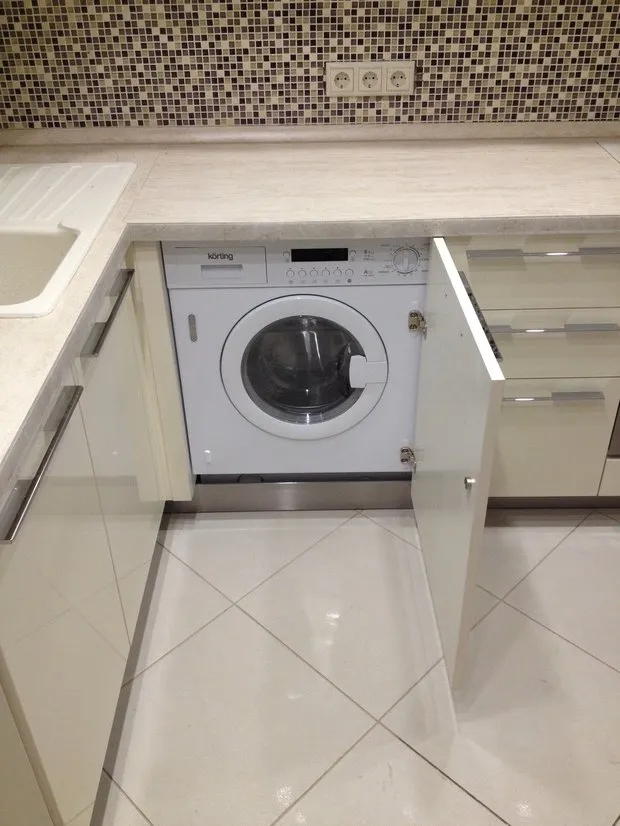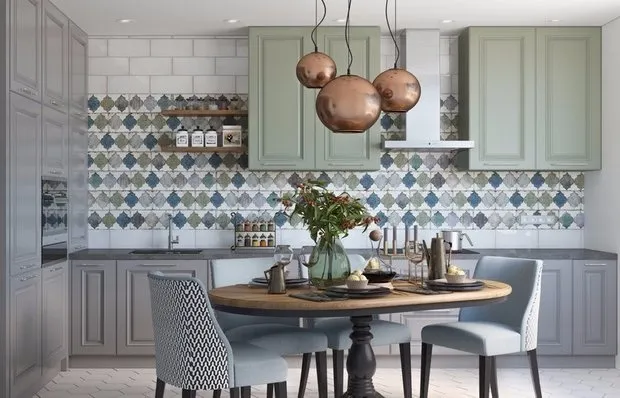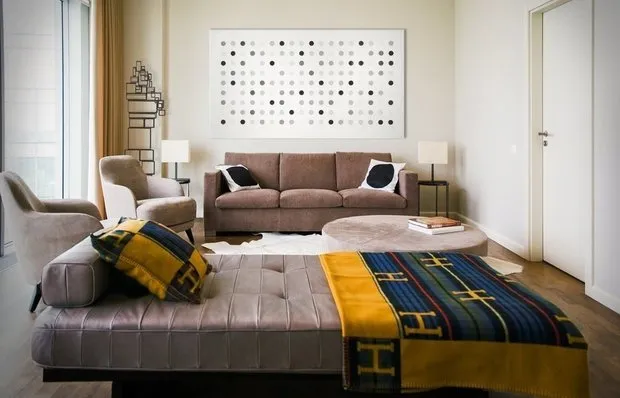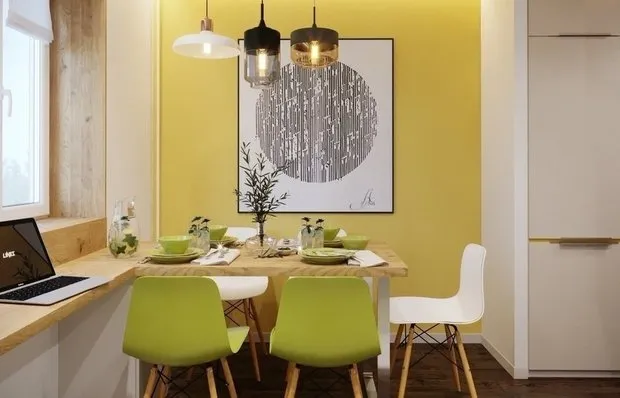There can be your advertisement
300x150
What to Check Before Installing a Kitchen: Expert Advice
Nikita Zhil'tsov
FURNITURE EXPERT OF SILVER HOME
Specialist in furniture production and installation
Wall Angle
The angle of the walls where the kitchen will stand should be 90 degrees. It's easy to check — take a regular shelf and place it against the corner. If the shelf wobbles or gaps form behind it — the angle is not straight. It's important: make sure the measurer has noted this fact.

Number of Outlets
It's preferable to know what appliances will be placed on the kitchen even during electrical design. Otherwise, you'll have to use extension cords under the kitchen or other tricks later. It's frustrating when there is only one outlet, and you need to connect a refrigerator, dishwasher, washing machine, oven, microwave, and food processor under the kitchen.
And their placement
There should not be outlets behind built-in appliances. This especially applies to dishwashers: problems with installation often arise here. The result is always the same — a buried outlet. If the refrigerator is built-in, the outlet will be underneath or above it — that's a fact.
Outlets may be located near the oven or microwave. But it's better to check the depth of built-in appliances when ordering a kitchen to ensure everything fits properly.
And no matter what happens, do not install outlets higher than 10 cm from the floor.

Drainage
The drain should be discharged in accordance with SNIPs and GOSTs. If you don't know them — just ensure that the slope is maintained toward the main sewer pipe. Usually, the height of the outlet does not exceed 200 mm.
More articles:
 How to Organize a Relocation
How to Organize a Relocation Design of Standard Panel Apartments P-44: 7 Examples
Design of Standard Panel Apartments P-44: 7 Examples Typical English House with Floral Decor
Typical English House with Floral Decor 5 Types of Repair: Find Out Which One You Need
5 Types of Repair: Find Out Which One You Need Art in Interior Design: How to Find Space for It and Not Regret It
Art in Interior Design: How to Find Space for It and Not Regret It How to Make Minimalism Unboring: 9 Tips
How to Make Minimalism Unboring: 9 Tips Velvet in Interior Design: A Trend You'll Love
Velvet in Interior Design: A Trend You'll Love 5 Ideas for Dining Area Decoration on the Kitchen
5 Ideas for Dining Area Decoration on the Kitchen